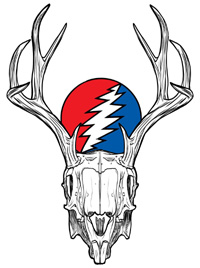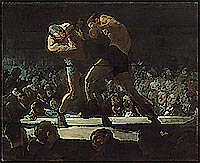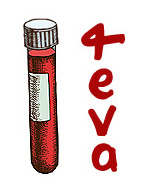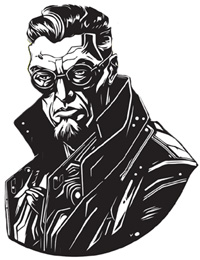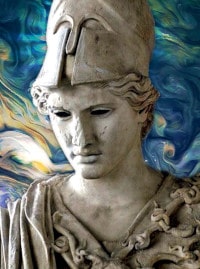Warfare in the Classical World
An illustrated encyclopedia of weapons, warriors and warfare in the ancient civilizations of Greece and Rome
John Warry
Color illustrations by Jeff Burn
Salamander, London, 1980, 224 pages
Only a British publisher would have the balls to go with such a bland title and long-winded sub-title. This is a big coffee table book, although I have still taken it on the bus with me. It is a weapon itself. This big beautiful book [Is there a website for dating big beautiful books?] takes the reader on a survey of everyday methods and major moments in the lives of the Greek and Roman fighting man from the mythic Siege of Troy circa 1220 B.C. through the rise of the Byzantine Empire circa A. D. 500.
There is a very nice chronological touch, in the form of a footer time-line that takes the reader from 1600 B.C. to A. D. 800. The narrative is smooth, punctuated effectively by examples from legend, archaeology and historical literature. However, the best thing about this book is the graphics [Comic book geeks and contact-weaponry meatheads take note.] The color illustrations of Jeff Burn rival anything put out by Osprey Books. Overall the graphics are highly professional, including Clive Spong’s black & white illustrations, the artifact photos, battle plans, equipment drawings, tactical diagrams, and maps. This was a huge team effort.
To me though, the heart and soul of this book is the illumination of John Warry’s narrative by Jeff Burn’s gripping, grimy and grim art, exemplified by the Spartan warrior on page 47, who you could imagine doing nothing else but killing less well trained foes. The runner-up for scariest depiction is the Thracian peltast on page 50, who looks so dirty you can smell him. As I look at the box spanning two pages dominated by this dirty Thracian, let me describe how well presented the subject is:
The six-inch tall Thracian has a caption to the left, next to his head, that continues down to the right.
To the right is a sequential series of six two-inch tall black & white figures demonstrating his javelin casting technique, with a caption below explaining the sequence.
Beneath, and to the right, is a god’s-eye-view of a 40 [half-inch tall figures] man hoplite formation facing 14 of these peltast skirmishers, with a caption describing the skirmishing tactics.
Beneath, and to the right, is two three-inch high black & whites of other types of ethnic peltasts, at rest, and on the march, with a caption describing their load-bearing techniques while on campaign.
What I just described is nothing more than a subject-box spanning half of two pages. Whether you are an experimental combat enthusiast, movie stunt coordinator, historian, wargamer, or an author writing historical fiction or narrative, this kind of sourcebook is indispensible. I hope, for your sake, that it is still in print, because you cannot borrow mine.



